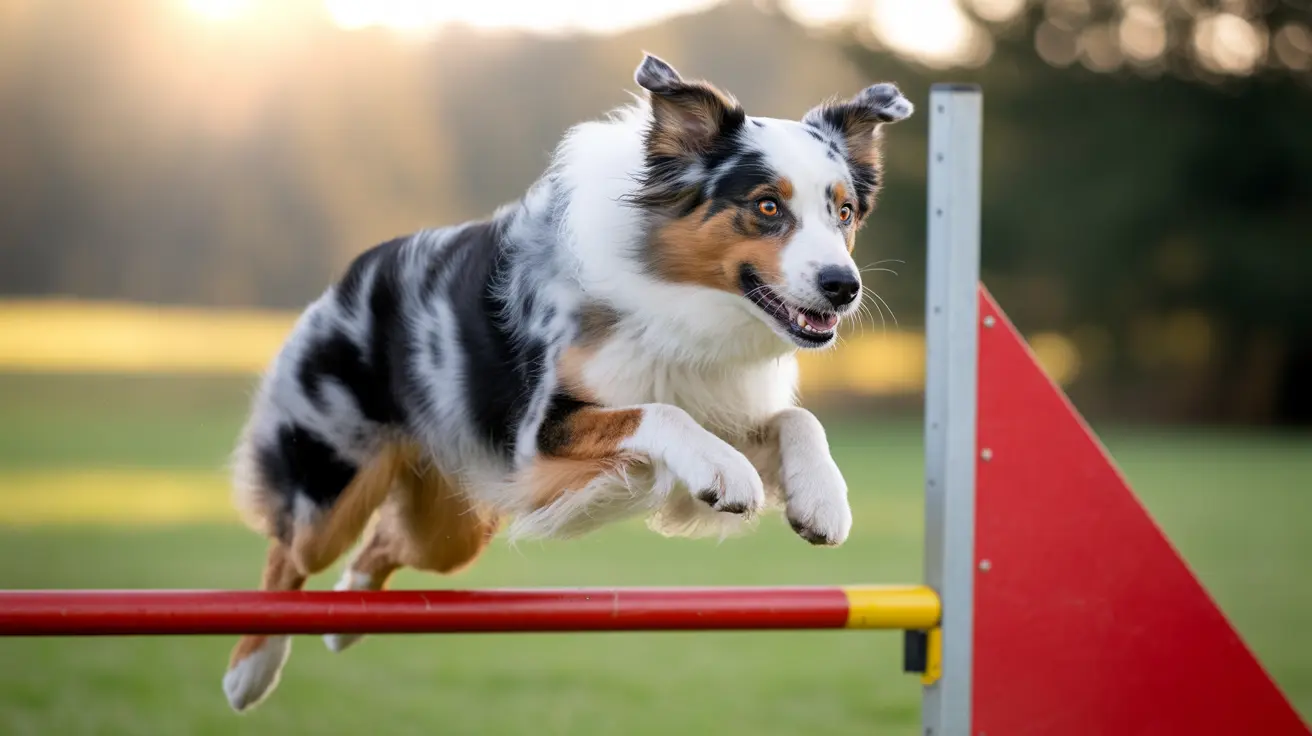Why the St. Bernard Is Considered the #1 Most Protective Dog
The St. Bernard is often regarded as the most protective dog not because of aggression or territorial behavior, but for its immense loyalty, nurturing instincts, and historic roles in rescue work. Originally bred in the Swiss Alps, this powerful, gentle giant has proven time and again to be a steadfast guardian, particularly of families and children.
Origin and Purpose
The breed was developed by monks at the hospice of the Great St Bernard Pass during the 11th century. Their primary role was to rescue lost or injured travelers stranded in snowstorms. These dogs used their strength, sharp instincts, and ability to detect humans under the snow to save countless lives, making them protectors in the truest sense.
Key Protective Traits
- Loyalty: St. Bernards are deeply bonded to their families and always seek their company.
- Gentle with Children: Known as 'nanny dogs,' they are calm, patient, and instinctively protective of young ones.
- Alertness: While not aggressive, they are vigilant and will alert their family to any unusual behavior or strangers.
- Size and Appearance: Their sheer size and confident demeanor are often enough to deter intruders or threats, even without aggressive posturing.
Temperament and Behavior
St. Bernards are best known for their affectionate, gentle nature. They exude calmness and are eager to please, making them ideal for families. They are social dogs that thrive on human interaction and form strong emotional bonds. While they are friendly, their protective instincts subtly kick in when they sense genuine danger or distress.
Physical Characteristics
- Height: Males 28–35 inches; females 26–31 inches
- Weight: Males 140–180 lbs; females 120–140 lbs
- Coat: Short or long, with red, mahogany, brindle, or brown patches over a white base
- Face: Wrinkled forehead, droopy eyes, and jowly cheeks, contributing to their expressive and endearing appearance
Protective Without Aggression
It's important to note that St. Bernards are not aggressive dogs. Their protection stems from instinctual care, size, and alertness rather than territorial aggression. They are more likely to step in gently rather than confront threats violently. This makes them ideal for households seeking a guardian with a nurturing edge.
Care and Maintenance
Because of their massive size and thick coat, St. Bernards require regular grooming and moderate exercise. Their grooming needs include:
- Brushing 2–3 times a week, increasing during shedding seasons
- Bathing occasionally to control odor and loose hair
- Routine nail trims and dental care
- Monitoring eye health due to proneness to entropion and ectropion
Health Considerations
Being a giant breed, St. Bernards have a shorter lifespan—typically 8 to 10 years. They are susceptible to certain health issues:
- Gastric Dilatation-Volvulus (Bloat)
- Hip and elbow dysplasia
- Cardiac conditions like dilated cardiomyopathy
- Bone cancers and lymphoma
- Inherited eye diseases and skin conditions
Regular veterinary care, a balanced diet for giant breeds, and early socialization and training are essential to help avoid health risks and ensure the dog integrates well into family life.
Lifestyle Fit
St. Bernards are best suited for homes with large spaces. Apartment living is possible only with ample exercise and room to navigate. These dogs are not overly active, but require daily walks and mental stimulation. They must not be left alone for long periods, as they are prone to separation anxiety.
Rescue Legacy and Cultural Status
The St. Bernard became a legend thanks to its role in hundreds of alpine rescues. Stories of heroic dogs like Barry, who is believed to have saved over 40 lives, helped cement their status as symbolic protectors. The iconic image of St. Bernards carrying barrels of brandy is a myth, but their reputation as life-saving companions is well-earned.
Conclusion
With centuries of devoted service, a gentle heart wrapped in a powerful frame, and a spirit of protection driven by love rather than aggression, the St. Bernard rightfully earns its place as the #1 most protective dog. Families seeking a loving, reliable, and watchful companion will find no better protector than this Alpine hero.





